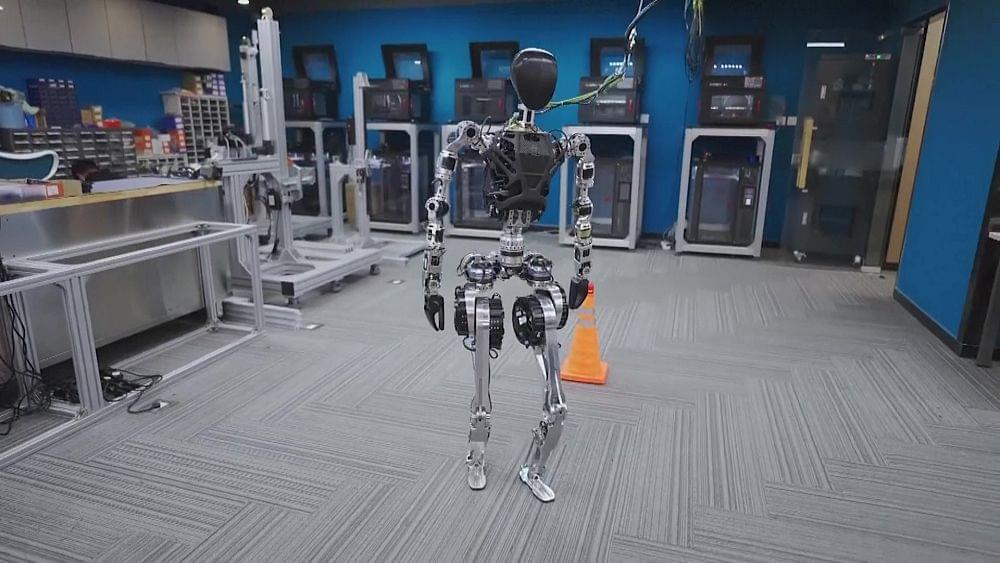A fact sheet that defines tumor markers and describes how they can be used to aid diagnosis and treatment.
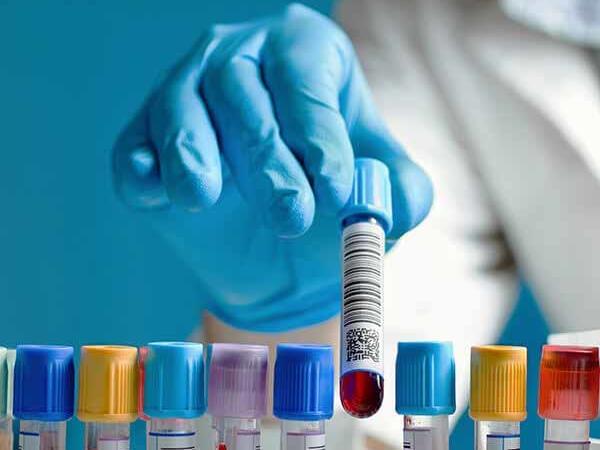

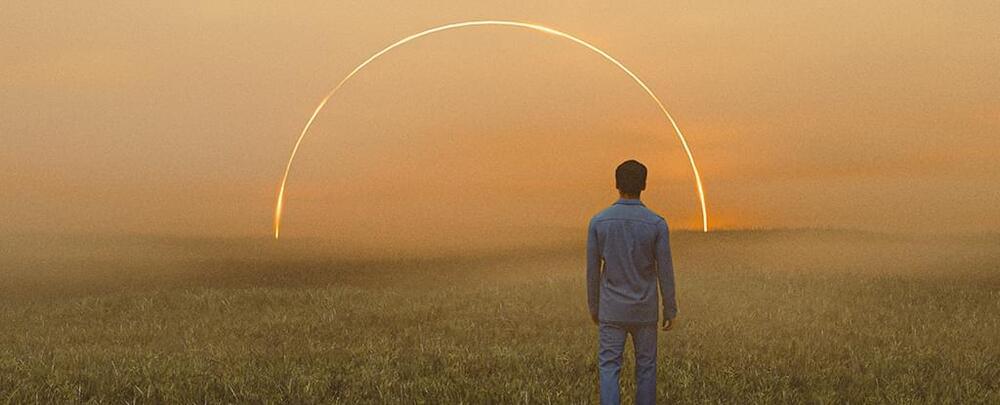
Theoretical physicists have a lot in common with lawyers. Both spend a lot of time looking for loopholes and inconsistencies in the rules that might be exploited somehow.
Valeri P. Frolov and Andrei Zelnikov from the University of Alberta in Canada and Pavel Krtouš from Charles University in Prague probably couldn’t get you out of a traffic fine, but they may have uncovered enough wiggle room in the laws of physics to send you back in time to make sure you didn’t speed through that school zone in the first place.
Shortcuts through spacetime known as wormholes aren’t recognized features of the cosmos. But for the better part of a century, scientists have wondered if the weft and warp instructed by relativity prescribe ways for quantum ripples – or even entire particles – to break free of their locality.
Systemic lupus erythematosus is the most common form of lupus, and is an autoimmune disorder in which the body attacks its own tissues, leading to widespread inflammation. The disorder causes skin rashes, joint pain or swelling, and extreme fatigue, and tends to cycle between periods in which symptoms are milder, and flares when symptoms are far more severe. Now scientists have found that there is sometimes an increase in the number of gut bacteria called Ruminococcus blautia gnavus while lupus patients were having flares. The findings have been reported in the Annals of Rheumatic Diseases.
In this very small study, researchers compared the gut microbes from lupus patients to healthy volunteers. They determined that over a four-year period, five of the sixteen lupus patients in the study had blooms of R. gnavus while they were also experiencing a disease flare. Four of the patients that carried R. gnavus blooms also had the most severe forms of lupus.
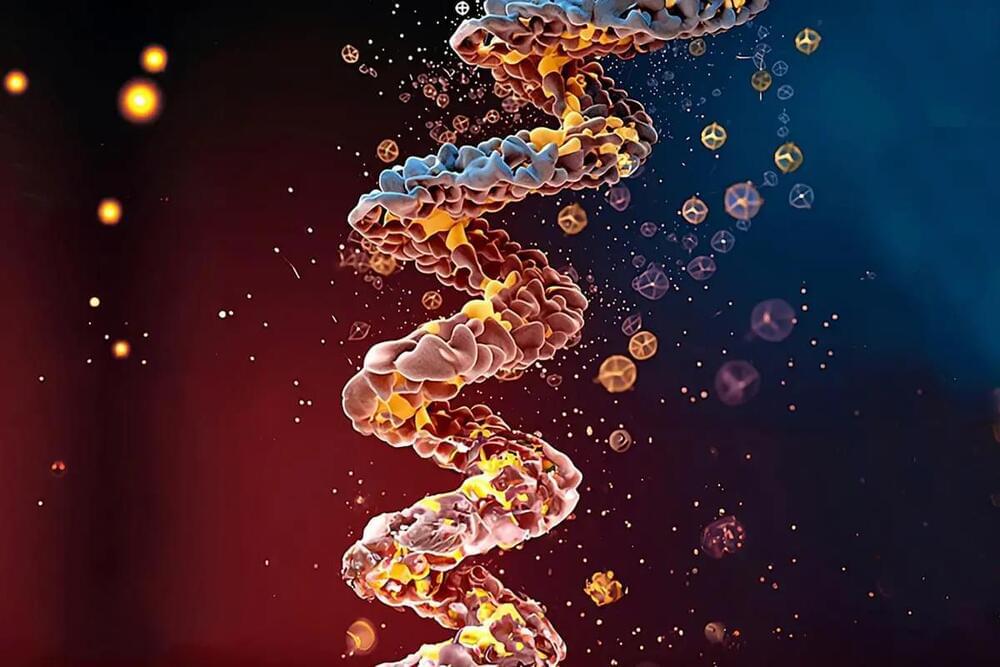
To advance our capabilities in protein engineering, MIT CSAIL researchers came up with “FrameDiff,” a computational tool for creating new protein structures beyond what nature has produced. The machine learning approach generates “frames” that align with the inherent properties of protein structures, enabling it to construct novel proteins independently of preexisting designs, facilitating unprecedented protein structures.
“In nature, protein design is a slow-burning process that takes millions of years. Our technique aims to provide an answer to tackling human-made problems that evolve much faster than nature’s pace,” says MIT CSAIL PhD student Jason Yim, a lead author on a new paper about the work. “The aim, with respect to this new capacity of generating synthetic protein structures, opens up a myriad of enhanced capabilities, such as better binders. This means engineering proteins that can attach to other molecules more efficiently and selectively, with widespread implications related to targeted drug delivery and biotechnology, where it could result in the development of better biosensors. It could also have implications for the field of biomedicine and beyond, offering possibilities such as developing more efficient photosynthesis.
Photosynthesis is how plants and some microorganisms use sunlight to synthesize carbohydrates from carbon dioxide and water.
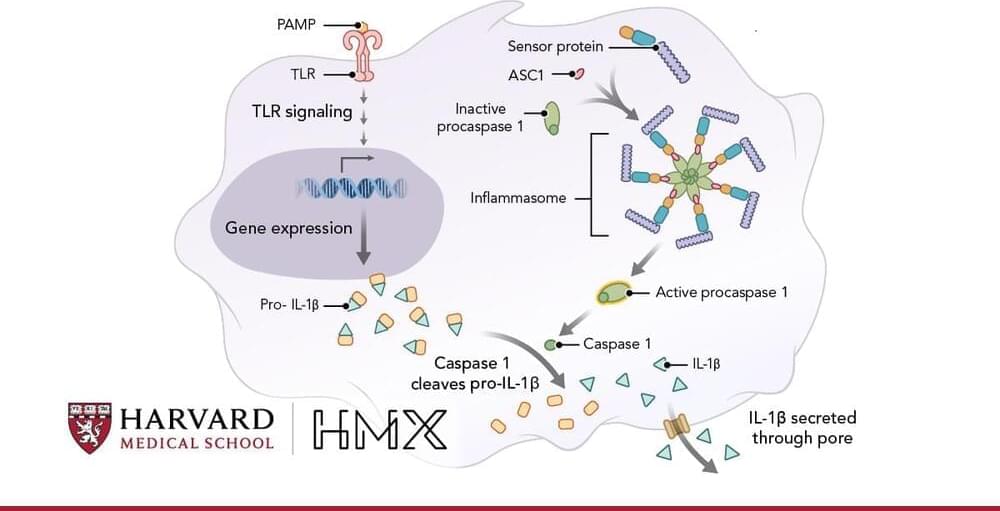
Advances in our knowledge of the immune system are uncovering connections between and many different diseases.
Understanding how the immune system is activated and regulated is essential for anyone working to develop treatments for autoimmunity, chronic, and allergy, or to apply these treatments in the clinic.
This online course offers a unique way for professionals to learn from leading Harvard Medical School faculty about cutting-edge therapies to treat chronic and related diseases.
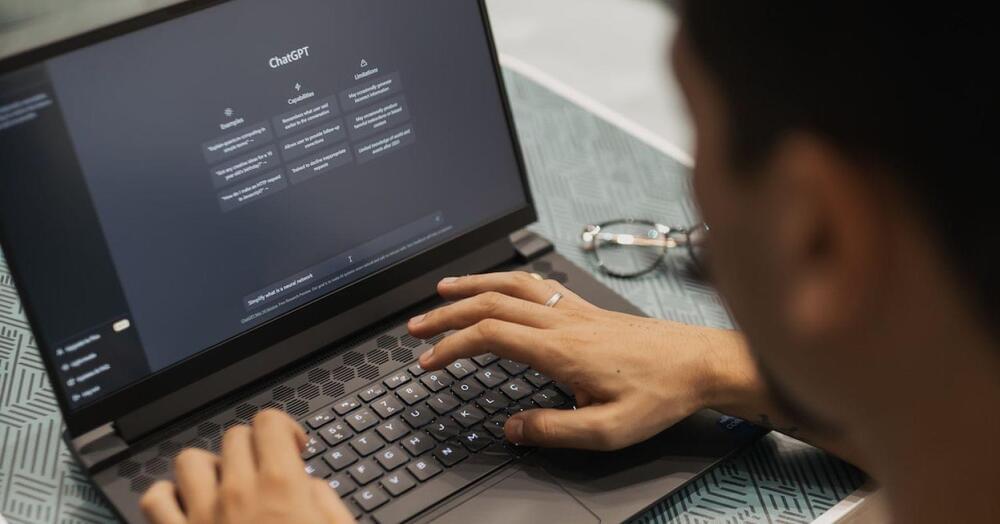
A small soft robot composed of strategically magnetized polymers could one day find its way into human bodies.
Are back holes related to dark matter? Do the observations of black holes by LIGO hint at a signature of quantum gravity? Can we find evidence of black holes from a previous universe?
In 2019 second place in the Buchalter Cosmology Prize was awarded to two of the speakers you will see in this film which explores some of the above themes. We filmed this at the Loop Quantum Gravity Conference in 2019 and plan to make a follow up film exploring the latest ideas in the field.
Look out for the optical illusion around 8:12–8:25.
Even if you are not familiar with Neuromancer by William Gibson you still technically have seen it, this is the case with many groundbreaking works of science fiction because t ropes invented in books like Neuromancer have become standard in science fiction since, especially within the genre we now know as cyberpunk.
Neuromancer is undeniably one of the most influential works of science fiction ever crafted. Credited with establishing the cyberpunk genre, alongside Ridley Scott’s 1982 film Blade Runner, Gibson’s masterpiece diverges from the far-future or galactic settings often explored in science fiction. Instead, it unfolds on Earth in the not-too-distant future, capturing a time when society grapples with the relentless pandemonium resulting from rapid technological and cultural changes and advancements.
👽 Please consider supporting this channel on Patreon: https://www.patreon.com/ideasoficeandfire.
or PAYPAL — https://paypal.me/QuinnsIdeas?locale.x=en_US
The Podcast: https://cosmicchronicles.buzzsprout.com/
🎨 Art: https://docs.google.com/document/d/1GIX4e2zdvHj41xCtKLe0LUSI…sp=sharing.
🎵 Music: https://www.youtube.com/@JamezDahlMusic.
📚 Get These Books!
